In the ALLEGRO project, we’re advancing how we understand and model fiber propagation for next-generation flexible, high-speed optical networks.
📡 The Challenge:
While DSP-based receivers effectively compensate for linear impairments in fiber, nonlinear interference (NLI) remains a key limiting factor. Accurate modeling of NLI is critical for reliable QoT estimation and network design.
📘 Our Approach:
We leverage a disaggregated modeling strategy where each fiber span’s contribution to NLI is calculated independently of the modulation format, allowing for:
✅ Worst-case NLI estimation
✅ Rapid light-path feasibility analysis
✅ Integration into PHY Digital Twin (PHY-DT) models
🔍 From GN to GGN Models:
- Original GN model [Pog14] forms the basis
- Extended to Generalized GN (GGN) to cover:
▪ Frequency-dependent loss and dispersion
▪ Effective area variations
▪ Inter-channel Stimulated Raman Scattering (ISRS)
📊 Outcome:
A robust, frequency-aware NLI model that enables accurate and scalable simulation of optical performance—essential for designing and operating flexible grid, wideband optical systems.
🚀 ALLEGRO is paving the way for the next phase of intelligent, energy-aware optical networking.
#AllegroProject #FiberPropagation #OpticalNetworks #NLI #GGNModel #ISRS #QoTEstimation #DSP #HorizonEurope #DigitalTwin #NetworkOptimization

